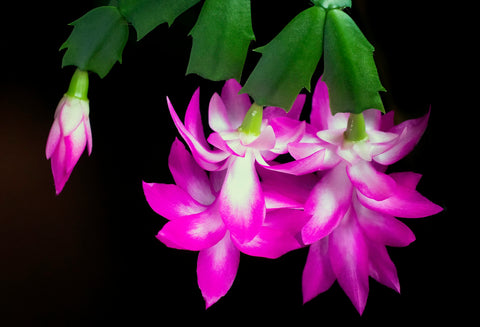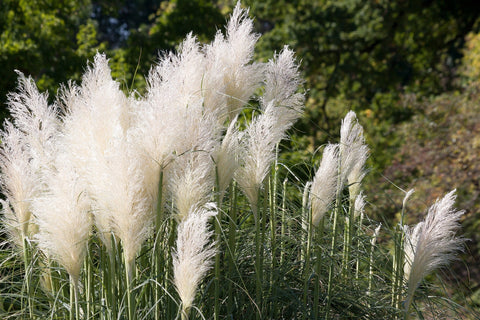Camellias: Evergreen Elegance for Fall and Winter Color
Camellias are beloved evergreen shrubs that bring vibrant color to the landscape from fall through spring. Known for their beautiful blooms and glossy foliage, they thrive in acidic, loamy, well-draining soil with a steady supply of moisture. Although Camellias have a reputation for being somewhat finicky, they can be long-lived and rewarding if sited and cared for properly.
Growing Conditions for Success
Camellias prefer morning sun and dappled afternoon shade, with protection from intense afternoon sunlight and harsh winter winds. Their shallow roots are susceptible to drought, so watering consistently, regardless of age, is essential in dry conditions. As they mature, Camellias naturally shade their root systems, allowing for a bit more sun exposure on the canopy.
Popular Camellia Species and Varieties

There are over 250 species and thousands of cultivars of Camellia, with varieties hardy in USDA zones 6-10. They range from 5 to 15 feet tall and 4 to 8 feet wide, depending on the cultivar, and their flowers come in stunning shades of white, pink, yellow, and red. Flower shapes include single, peony, rose, anemone, double, and semi-double, adding to their appeal.
Here’s a look at the most popular types of Camellia:
Camellia Sasanqua
- Bloom Time: Early fall to winter
- Characteristics: Known for fragrant, slightly smaller flowers, this variety has finer foliage and grows faster than other types. Its fragrance is a bonus, attracting pollinators even during the cooler months when other blooms are scarce.
- Size: 6-14 feet tall by 6-8 feet wide
- Sun and Care Needs: This variety can handle more sun than other Camellias and is hardy in zones 7-9. Sasanqua Camellias are ideal for adding fall color and are generally easier to grow than spring-blooming varieties.
Camellia Japonica
- Bloom Time: Late winter to early spring, lasting about 3-4 weeks
- Characteristics: Known for its large, glossy leaves and profuse blooms, which come in single, double, semi-double, and other forms. Japonica blooms in various colors, including white, pink, and maroon, adding a pop of color during winter.
- Size: 12-14 feet tall by 8-10 feet wide
- Sun and Care Needs: Japonica Camellias need protection from drying winter winds and do well with a layer of mulch to retain moisture around the root zone. They’re hardy in zones 6-10.
Camellia Sinensis (Tea Camellia)
- Bloom Time: Early winter
- Characteristics: This variety is grown primarily for its leaves, which are used to make tea. Young leaves are used for green tea, mature leaves for oolong and black tea, and buds for white tea. Sinensis Camellias produce small, white flowers with yellow to cream centers, adding subtle beauty to the garden.
- Size: 6-12 feet tall by 6-8 feet wide
- Sun and Care Needs: Like other Camellias, they prefer acidic, well-draining soil and consistent moisture. Hardy in zones 7-9, this plant is native to China and makes an attractive and functional addition to any garden.
Caring for Camellias

-
Watering: Water Camellias at the soil level using a soaker hose or drip irrigation to minimize evaporation and reduce fungal risk. Aim for about 1 inch of water weekly, applied around the drip line where the plant’s canopy extends.
-
Mulching: Apply a 1-inch layer of mulch around the base of the plant to retain moisture, especially for winter protection. Avoid piling mulch against the stem, as this can encourage rot.
-
Pruning: Prune lightly after flowering to shape the plant and remove any damaged or dead branches.
A Seasonal Treasure for Any Garden
With their striking blooms and evergreen foliage, Camellias offer beauty through the colder months when most plants are dormant. Whether you choose the early-blooming Sasanqua, the winter-spring showstopper Japonica, or the tea-producing Sinensis, Camellias bring both elegance and structure to the garden, making them well worth the effort for any gardener.












